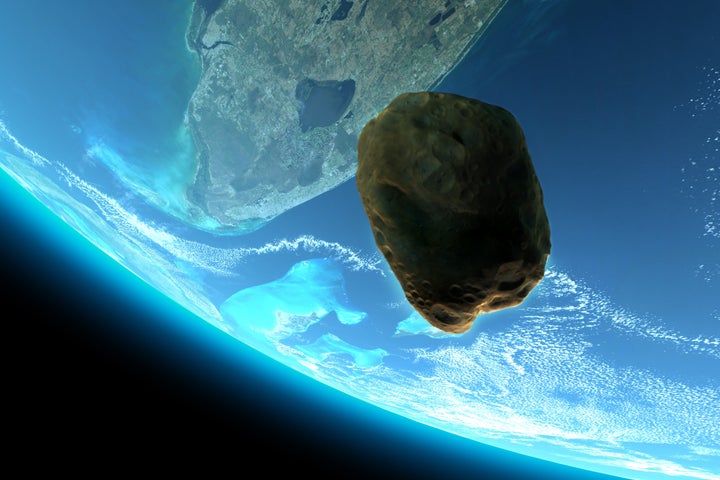
Most of us are familiar with beautiful, two-dimensional spider webs, such as the one in Figure 1. However, arachnologist Peter Jäger, who in the past decade alone discovered more than 250 new species of spiders (including one he named after rock star David Bowie!), tells me that more spider species actually create three-dimensional, rather than two-dimensional, webs (about 12,000 species as compared to about 7,000). The 3D webs can be quite complex, and much less symmetric than their 2D counterparts (Figures 2a and 2b show a couple of examples). For an astrophysicist, perhaps the most amazing aspect of these webs is how much they resemble computer simulations of the cosmic web -- the filamentary structure of the Dark Matter in the universe (Figure 3 shows the results of one such simulation).
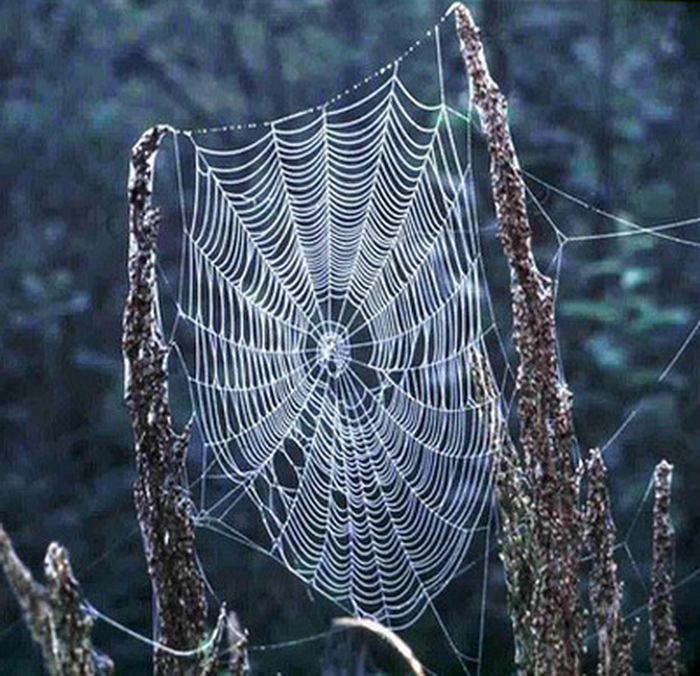
Figure 1. Spider web, from photo gallery of Amit Bhawan.
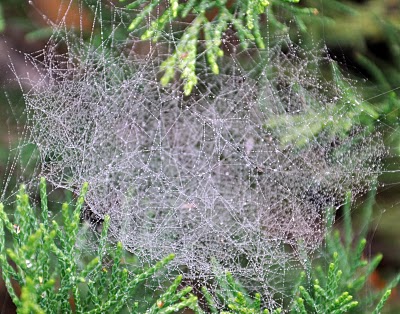
Figure 2a. Spider web, from "Reflections from Whitecourt."
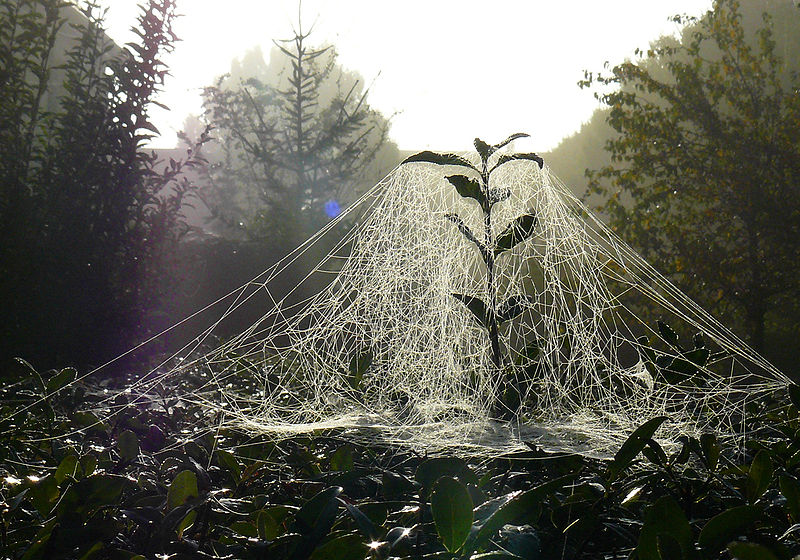
Figure 2b. Spider web, at upload wikimedia.org.
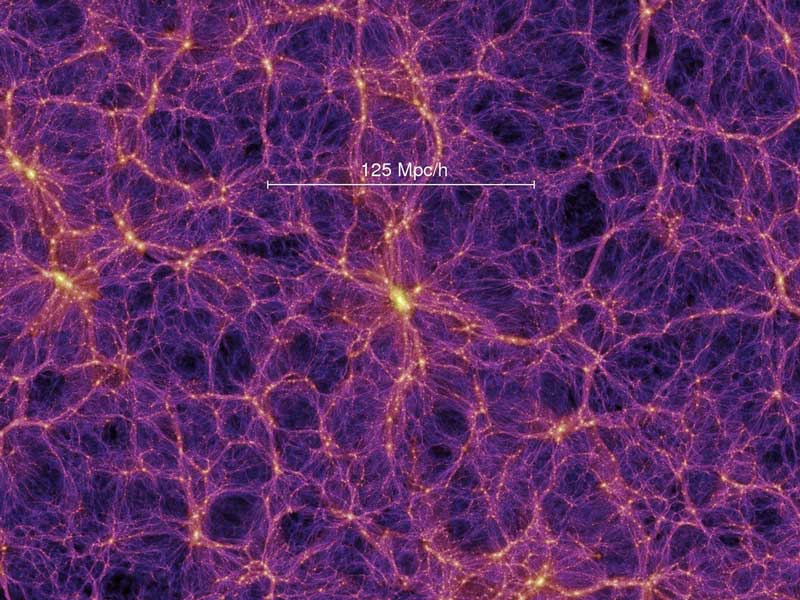
Figure 3. Simulation on cosmic web, by Springel et al., Virgo Consortium.
Most of the matter in the universe is dark. Ordinary (baryonic) matter -- the stuff that galaxies, stars, planets, and we (humans) are made of -- constitutes only about 4.6 percent of the cosmic energy budget. Dark Matter, which is most likely composed of some subatomic particles that interact very weakly with ordinary matter, at present amounts to about 23 percent (the rest of the cosmic energy is in the form of the even more mysterious Dark Energy). Dark matter provides the scaffolding on which the large-scale structure of the universe is constructed. Ordinary matter is gravitationally attracted to the densest parts of the cosmic web, and there galaxies and clusters of galaxies are formed, leaving large, relatively empty voids. To examine the filamentary intergalactic gas, astronomers use the light from distant quasars. Observing with the Hubble Space Telescope, they utilize the quasar light just like shining a flashlight through fog. Hubble observations have also helped to map the 3D distribution of dark matter through the effect of gravitational lensing -- the deflection of light of distant objects by the gravitational field of Dark Matter along the line of sight. The similarity between spider webs and the cosmos doesn't end there. Fascinatingly, some spider webs (Figure 4) even resemble graphical representations of the warping effects of astrophysical black holes on their surrounding space (Figure 5).
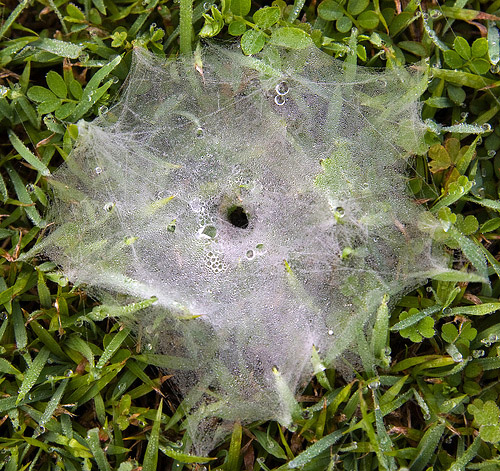
Figure 4. Spider web, from photo gallery of Amit Bhawan.
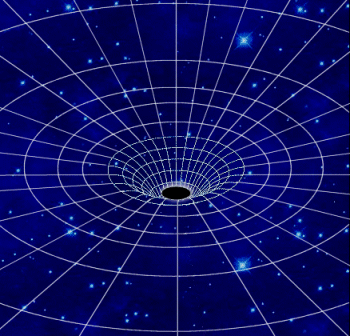
Figure 5. Schematic of a black hole warping spacetime, from Alexander Higgins' blog.
The visual (although clearly not physical) similarity between spider webs and the cosmic web has not escaped the observant eye of creative artist Tomás Saraceno. In one of his works, titled "14 Billion" -- referring to the age of the universe -- he constructed a large spider-web-like sculpture composed of ropes and elastic cords (Figure 6). At an event that took place on May 31st, 2012, at the World Science Festival in New York, artist T. Saraceno, arachnologist P. Jäger, architect M. Wigley, astrobiologist C. McKay, and myself, had a lively conversation (moderated by radio producer J. Burstein) on these fascinating connections between life, the universe, and art. Oscar Wilde may have been right after all when he wittily remarked that: "Life imitates Art far more than Art imitates Life."

Figure 6. "14 Billion," by Tomás Saraceno. From artdaily.org.